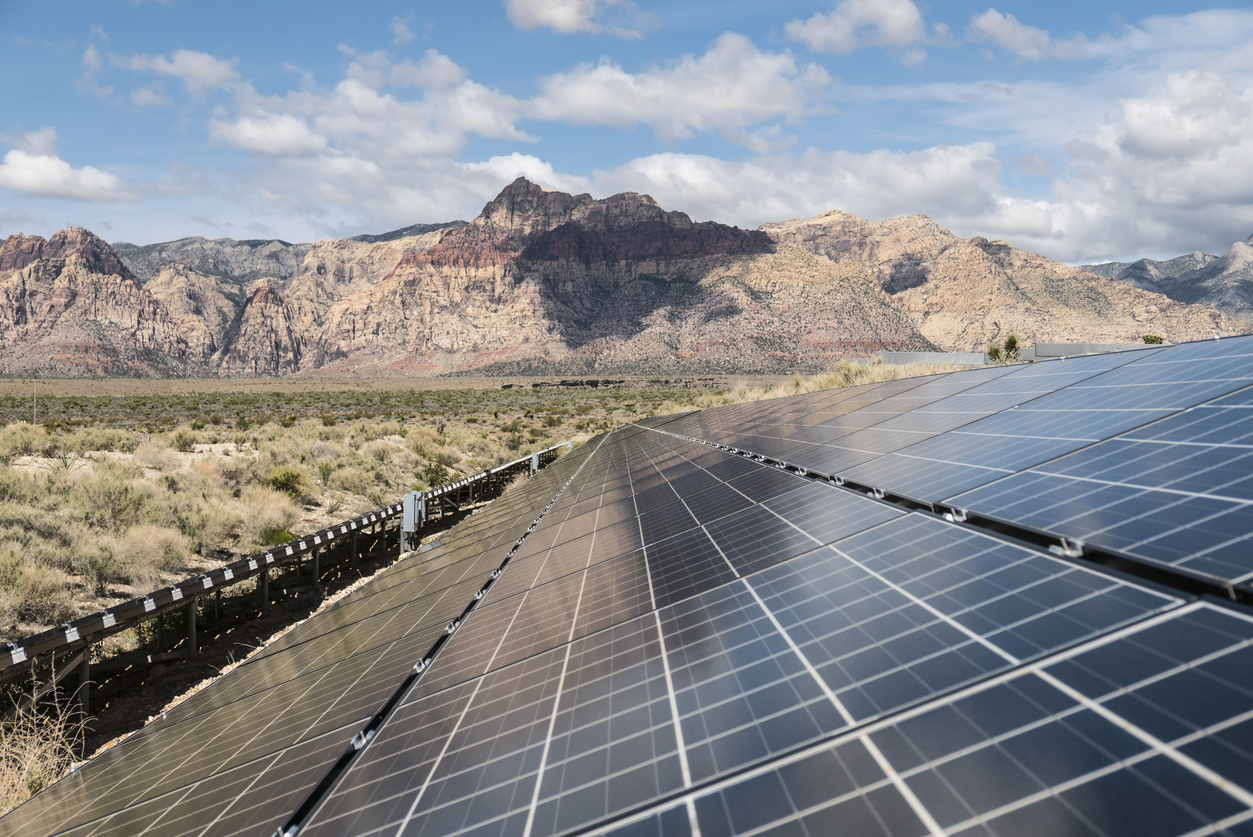By: Joshua D. Rhodes, University of Texas at Austin
 Editor’s note: On Jan. 22, 2018, the Trump administration announced plans to impose punitive duties on solar panels imported from abroad. This decision came in response to a complaint filed by two solar companies, but much of the industry opposes the action, which trade groups say will increase the cost of solar projects and depress demand. To illustrate what’s at stake, energy scholar Joshua Rhodes provides some context on the U.S. solar industry and its opportunities and challenges.
Editor’s note: On Jan. 22, 2018, the Trump administration announced plans to impose punitive duties on solar panels imported from abroad. This decision came in response to a complaint filed by two solar companies, but much of the industry opposes the action, which trade groups say will increase the cost of solar projects and depress demand. To illustrate what’s at stake, energy scholar Joshua Rhodes provides some context on the U.S. solar industry and its opportunities and challenges.
How big is the U.S. solar industry, and what is its growth trajectory?
The U.S. solar industry generated US$154 billion in economic activity in 2016, including direct sales, wages, salaries, benefits, taxes and fees. Its revenues have grown from $42 million in 2007 to $210 million in 2017.
About 25 percent of total new power plant capacity installed in 2017 came from solar. Total installed U.S. solar capacity is over 50 gigawatts – the equivalent generating capacity of 50 commercial nuclear reactors.



 Applying a tiny coating of costly platinum just 1 nanometer thick—about 1/100,000th the width of a human hair—to a core of much cheaper cobalt could bring down the cost of fuel cells.
Applying a tiny coating of costly platinum just 1 nanometer thick—about 1/100,000th the width of a human hair—to a core of much cheaper cobalt could bring down the cost of fuel cells. New research stitches together the best parts of several different bacteria to synthesize a new biofuel product that matches current engines better than previously produced biofuels.
New research stitches together the best parts of several different bacteria to synthesize a new biofuel product that matches current engines better than previously produced biofuels. New research indicates that poplar trees could be an economically viable biofuel material.
New research indicates that poplar trees could be an economically viable biofuel material. Researchers have traced the paths of three water channels in an ancient photosynthetic organism—a strain of cyanobacteria—to provide the first comprehensive, experimental study of how that organism uses and regulates water to create energy.
Researchers have traced the paths of three water channels in an ancient photosynthetic organism—a strain of cyanobacteria—to provide the first comprehensive, experimental study of how that organism uses and regulates water to create energy. Within the next month, energy watchers expect the Federal Energy Regulatory Commission to act on an
Within the next month, energy watchers expect the Federal Energy Regulatory Commission to act on an 